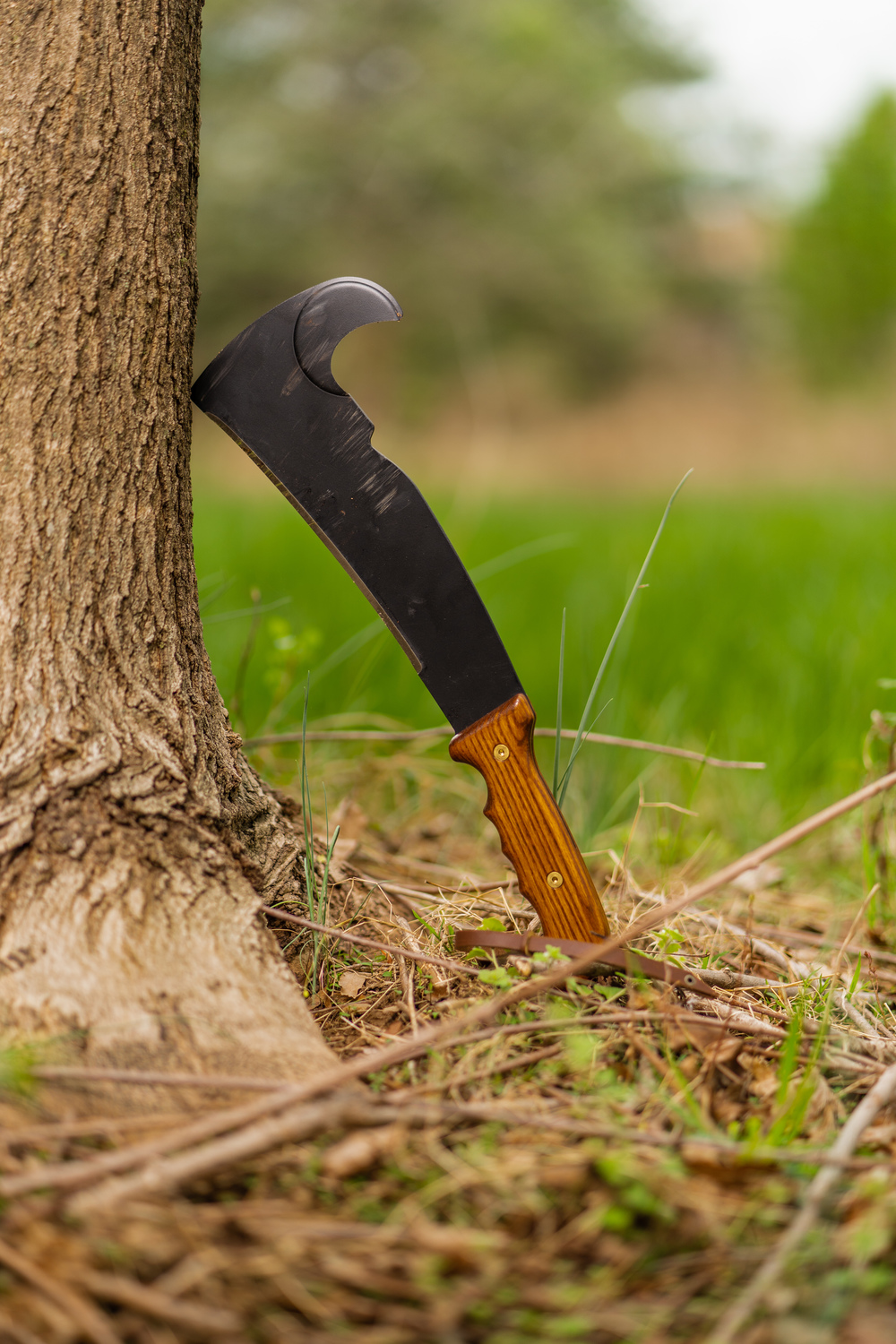The Ultimate Hiking Guide for Beginner Hikers
Share
Hiking is the kind of activity that satisfies the needs of many people. It’s a wonderful way to get outside to enjoy nature. It can be done alone or in small groups. It can be low-impact or test your physical endurance.
As a beginner, you’ll want to know how to prepare, have some knowledge about what’s expected of you, and know what the most essential equipment is to bring with you. This will help you get the most enjoyment out of hiking that you can.
